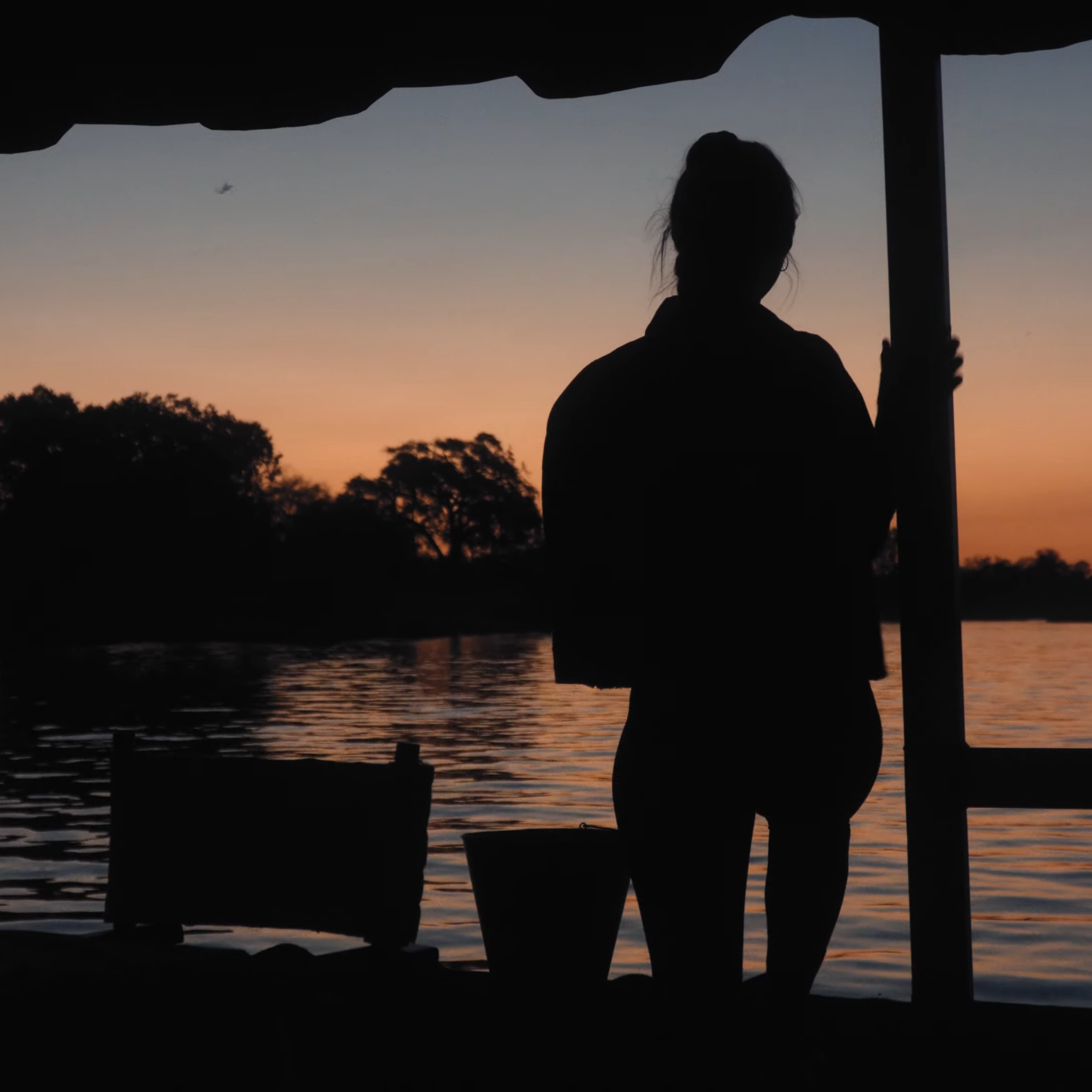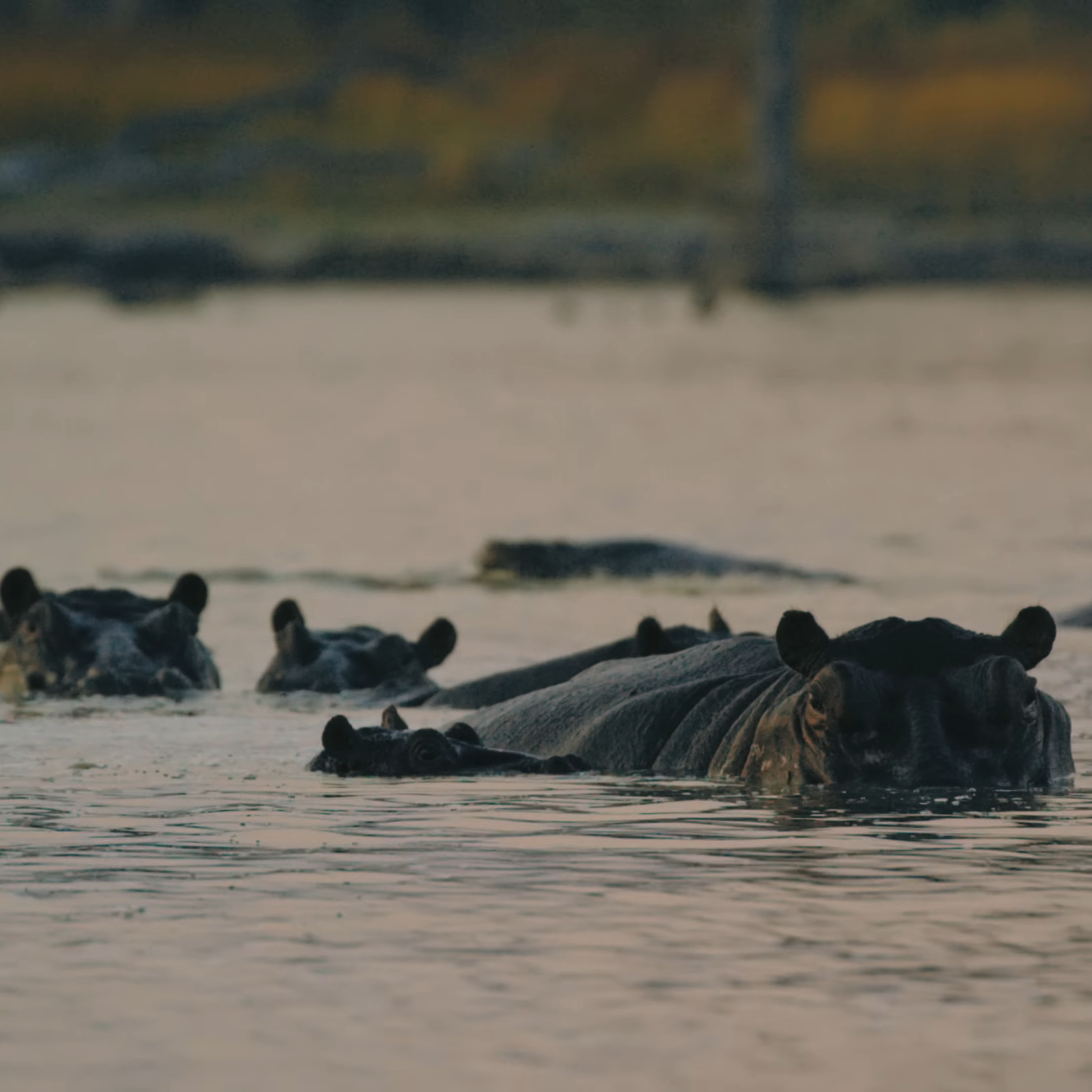Chobe National Park Guide: Best Time and Luxury Safari Packages
Chobe National Park Guide: Botswana’s renowned Chobe National Park stands as a premier wildlife sanctuary, encompassing the Savute Channel and the stunning Linyanti River. Spanning nearly 11,000 square kilometers, Chobe holds the distinction of being the nation’s inaugural national park and is celebrated for having the largest assortment of wildlife in Africa.
Chobe National Park is a verdant haven amid a parched, sometimes barren landscape. The Chobe River within the park serves as a vital water source for the area’s fauna. Home to the densest population of elephants on the continent, the park witnesses numerous herds descending upon the Chobe banks each afternoon. These groups, ranging from a few individuals to several hundred, take turns quenching their thirst, bathing in the river’s refreshing waters, or vying for space. Beyond the riverbanks lies a semi-arid terrain, contrasting with the lush vegetation surrounding the waterway.
Visitors can observe herds of sable antelope, typically found in arid zones, as they venture to the river for hydration before vanishing back into the dry wilderness. The park also offers sightings of unique wildlife, including the native and rare puku antelope, visible only along the Chobe River’s edge and within select areas of the Linyanti marshes. Other notable species include roan antelope, giraffes, kudus, bushbucks, waterbucks, zebras, wildebeests, warthogs, lions, leopards, and the infrequent African wild dog. Additionally, substantial herds of buffalo frequent the Chobe riverbanks, grazing on the islands and migrating between them and the mainland.
Types of Travelers
Chobe National Park is an exceptional choice for various types of travelers. It seamlessly integrates into any Southern African safari journey, making it an ideal spot for both newcomers to Africa and experienced safari-goers who will be thrilled by Savuti’s intense wildlife encounters. Chobe is a haven for those passionate about wildlife and photography. Families with children over the age of 12 will find it a suitable destination as well.
For those mindful of their budget, Chobe offers a less costly yet equally captivating experience compared to the Okavango Delta. Photographers will find the boat safaris particularly rewarding, providing unique, eye-level shots. Wildlife enthusiasts can expect some of the closest game-viewing encounters on the continent. Birdwatchers have the opportunity to spot over 450 species, adding a rich variety to their lists.
Savuti: Chobe national Park
Savuti, located in the park’s midwestern section and typically reached by small aircraft, is renowned among safari lovers as Botswana’s ‘predator capital’. The enigmatic Savuti Marsh, nourished by the transient Savuti Channel, boasts lush grasslands, savannah woodlands, and a striking array of dead trees along the channel. Here, formidable lion pride engage in fierce battles with hyena clans over food and territory, and these powerful lions are known for hunting large prey, including buffalo and elephants, in the marsh’s waters and mud.
Linyanti: Chobe National Park
The Linyanti region, bordering Chobe’s western edge and nestled between the Okavango Delta and Namibia’s Caprivi Strip, is a secluded sanctuary teeming with wildlife, particularly large herds of elephants and buffaloes. The Linyanti River and its expansive floodplains are a birder’s paradise, offering some of the finest birdwatching in Southern Africa with rare and majestic species such as African skimmers, narina trogons, slaty egrets, and various impressive birds of prey.
Chobe National Park’s Location
Chobe National Park Safari Types to Inspire You
Step into the wild heart of Southern Africa, where the rugged beauty of Chobe National Park sets the stage for adventures as diverse as the landscapes themselves. Whether you’re drawn to the thrill of multi-destination exploration, the romance of intimate bush encounters, the lively energy of a family safari, or the unique perspective of a fly-in experience, our itineraries are designed to spark your wanderlust and cater to every travel style.
Imagine an expedition that seamlessly blends the best of Botswana and Zimbabwe, offering close-up encounters with majestic elephants along the Chobe River and the excitement of guided game drives across expansive savannahs. For couples seeking a dreamy escape, our Botswana Honeymoon Safari promises private excursions, sunset boat cruises, and luxurious accommodations that bring you closer to nature in a romantic setting. Families can dive into an adventure packed with interactive wildlife experiences and educational insights, making every moment fun and unforgettable. And for the budget-conscious explorer who refuses to compromise on adventure, our affordable fly-in safari provides an exhilarating blend of aerial views and on-the-ground encounters without sacrificing comfort.
Each itinerary invites you to immerse yourself in Africa’s untamed wilderness, offering unique perspectives on the same breathtaking landscapes. From the stirring calls of elephants to the subtle rustle of the bush at dawn, your journey in Chobe National Park will be a story of wonder, discovery, and lifelong memories.

Botswana and Zimbabwe Combo Safari
- Destinations: Victoria Falls, Hwange National Park, Chobe National Park, Okavango Delta
- Safari Highlights: Explore Victoria Falls; game drives in Hwange to spot elephants, lions, and African wild dogs; boat safari on the Chobe River to observe hippos, crocodiles, and elephants; bush walks and mokoro (dugout canoe) excursions in the Okavango Delta
- Duration & Title: 10 days

Perfect Botswana Honeymoon Safari
- Destinations: Okavango Delta, Moremi Game Reserve, Chobe National Park
- Safari Highlights: Romantic mokoro rides in the Okavango Delta; private game drives in Moremi to see the Big Five; sunset boat cruises on the Chobe River; luxury accommodations with intimate bush dinners
- Duration & Title: 10 days

Botswana Family Safari and Tour
- Destinations: Chobe National Park, Okavango Delta
- Safari Highlights: Family-friendly game drives in Chobe to witness large elephant herds; educational bush walks in the Okavango Delta; cultural visits to local villages; accommodations with family facilities
- Duration & Title: 5 days

Botswana Affordable Fly-in Safari
- Destinations: Okavango Delta, Moremi Game Reserve, Savuti
- Safari Highlights: Scenic flights between camps offering aerial views of Botswana’s landscapes; game drives in Moremi and Savuti to spot predators and diverse wildlife; mokoro excursions in the Okavango Delta
- Duration & Title: 7 days

